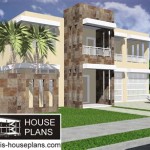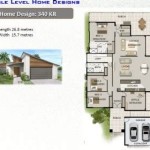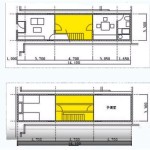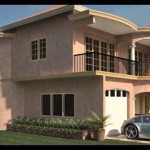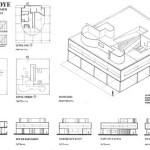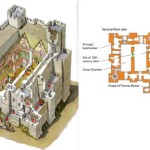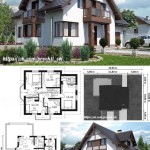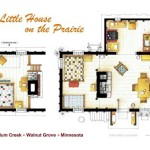Understanding the Essential Aspects of a 2nd Floor House Plan
When designing a 2nd floor house plan, several crucial aspects need to be considered to ensure functionality, comfort, and aesthetic appeal. This article delves into the essential elements that contribute to a well-planned 2nd floor.
1. Layout and Room Allocation
The layout of the 2nd floor should prioritize both function and flow. Consider the number and size of bedrooms, bathrooms, and other spaces required. Plan for adequate circulation space, with hallways and staircases that provide easy access to all rooms.
2. Master Suite Design
The master suite should be a private and luxurious retreat. Design it with a spacious bedroom, walk-in closet, and en-suite bathroom. Ensure ample natural light and consider incorporating features like a sitting area or fireplace for added comfort.
3. Secondary Bedrooms and Bathrooms
Plan secondary bedrooms to accommodate the needs of children, guests, or extended family. Consider the size and functionality of each room, as well as the number and location of bathrooms for convenience.
4. Staircase Design
The staircase is a crucial element that connects the floors. Design a staircase with comfortable treads, adequada risers, and a sturdy handrail for safety. Consider the style of the staircase to complement the overall aesthetic of the home.
5. Natural Light and Ventilation
Maximize natural light in the 2nd floor by incorporating windows and skylights. Natural light not only brightens spaces but also improves ventilation and reduces energy consumption. Consider the placement of windows to take advantage of views and minimize glare.
6. Storage and Closets
Adequate storage is essential on the 2nd floor. Design spacious closets in each bedroom, as well as linen closets and attic space for seasonal items. Consider incorporating built-in storage solutions to maximize space and maintain a clutter-free environment.
7. Architectural Details
Architectural details can enhance the visual appeal and character of the 2nd floor. Incorporate elements such as vaulted ceilings, exposed beams, or decorative moldings to add depth and interest to the space. Consider the overall architectural style of the home and choose details that complement it.
Conclusion
Designing a 2nd floor house plan requires careful consideration of layout, room allocation, natural light, ventilation, storage, architectural details, and staircase design. By addressing these essential aspects, homeowners can create a functional, comfortable, and aesthetically pleasing 2nd floor that meets their lifestyle needs and enhances their living experience.

Contemporary House Plan With 2nd Floor Master Bedroom

2nd Floor Plan How To Plans Home Remodeling

10 Modern House Plan With 2nd Floor Terace 21679dr Ideas

2nd Floor Plan House Plans Mansion Construction

A 2 Story Grand Craftsman House Plan With 4 Bedrooms 9576

Modern House Plan With 2nd Floor Terace 21679dr Architectural Designs Plans

Grand Ridge House Plan A Classic Design Archival Designs

Azalea Coastal Style House Plan Sater Design Collection

Affordable Contemporary Home Design With 2 Bedrooms And Large Deck On Second Floor Plan 9690

Two Story Traditional Style House Plan 5080 Walton Mountain

